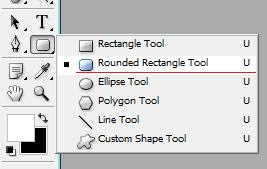For people of a certain age (roughly my age), the term 'Good Idea, Bad Idea' will bring back memories of the juxtaposition and acting out of of two phrases, often using the same words, but in a different order, leading to hilarious consequences.
Yes, I did watch Animaniacs, and I hope you did too (If not, here's a good intro).
Anyway, I reckon the 'Good Idea, Bad Idea' concept could work really well when a applied to social media, I doubt I can do it as well as our friends at Warner Bros did, but here's my first stab: Saying hello to someone on Twitter.
Good Idea
Have you just followed someone? Why not say 'hello', let them know why you've followed them, although, this isn't essential, it is polite to say hello, and that could be the start of an amazing conversation.Has somebody followed you? If so, check out their bio and recent tweets, if you're happy that they aren't a bot, and that you might share some mutual interests, why not say 'hello'? Ask them about what they do, or tell them a little about yourself, or the nature of your tweets (just don't spam them).
Bad Idea
Setup an auto-DM to send to people as they follow your account.Ever followed someone to receive an alert shortly afterwards? You reopen Twitter (or check your email) with eager anticipation thinking; "Has this person/org just reached out to me, do they care about me, about what I do?", and then you read something along the lines of:
"Thanks for following us on Twitter, like us on Facebook here / sign up for alerts here"Oh, I guess they don't care...
Thankfully most accounts I've followed recently haven't done this, but some have, and some of those are major organisations that should know better. For me, it creates an instant sour taste, it makes me regret trying to make that connection.
A personal response after a follow is great, but you don't necessarily expect that after following the account of a large organisation, and that's fine. But one thing I hate is an automated DM. I would rather have had no response.
Tips
People like people, people don't like bots. People like real interaction, they don't like automated messages. People certainly don't like spam.Say hello, and don't auto-DM
And finally...
If this post has left you with a hankering for Animaniacs, here you go:


